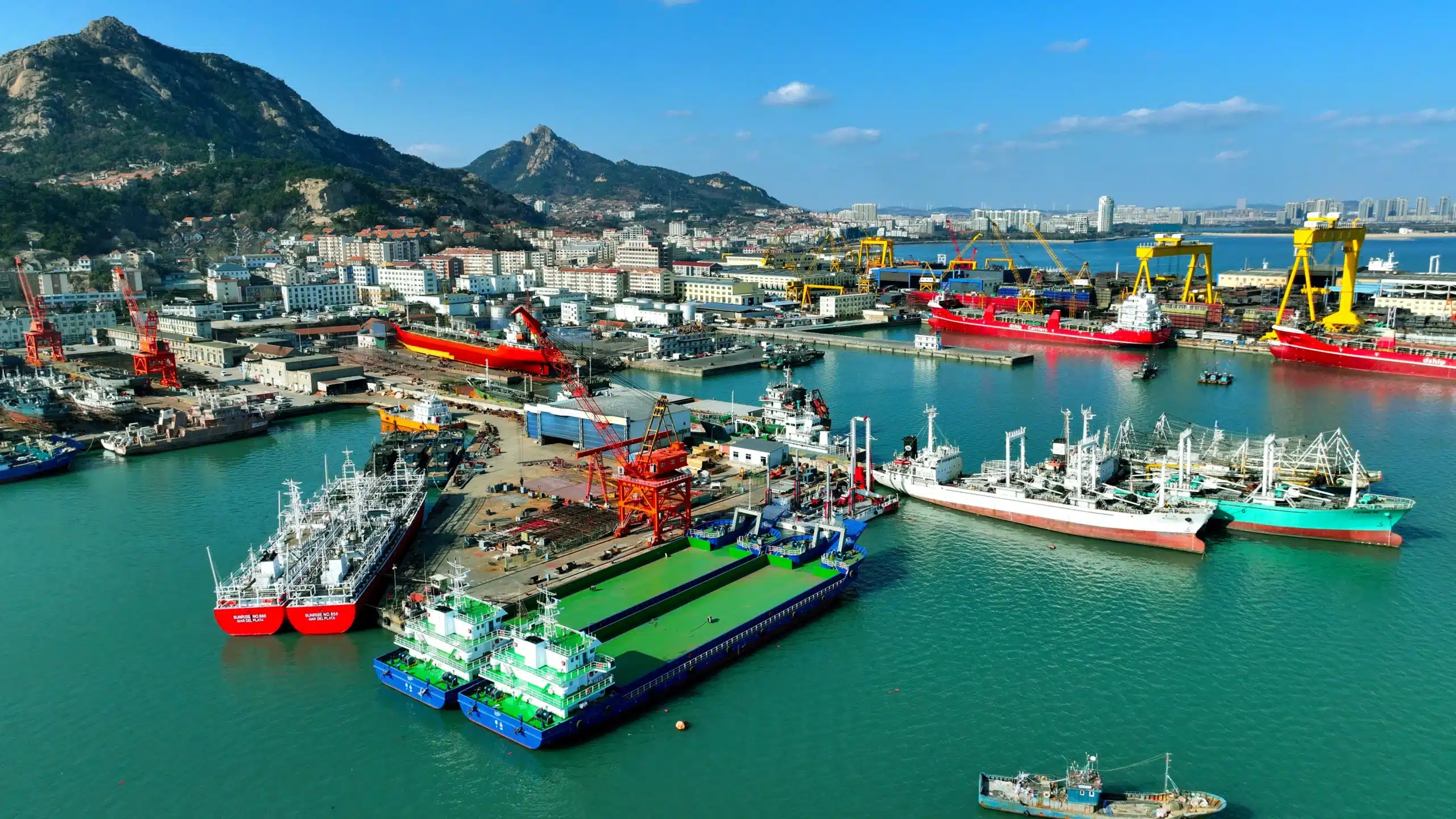China’s Shipbuilding Dominance Raises U.S. Navy Concerns

As China solidifies its position as the world’s leading shipbuilder, American military and political leaders are increasingly alarmed by the implications for national security. The rapid growth of China’s commercial and military shipbuilding capabilities has outpaced the U.S. industry, raising fears about the U.S. Navy’s ability to maintain its fleet. With a critical shortage of skilled workers and a shrinking domestic shipbuilding sector, the U.S. faces significant challenges in naval readiness.
China’s Shipbuilding Surge and Military Expansion
Over the past decade, China’s shipbuilding industry has experienced unprecedented growth, particularly in military vessels. In 2019, Chinese shipyards launched a record 28 surface warships, including ten destroyers and 16 corvettes. This surge in production has allowed China to outpace the U.S. Navy in terms of the number of warships, raising concerns among American defense officials about potential military threats. The Chinese government has heavily subsidized its shipbuilding sector, enabling it to increase orders for warships and consolidate its position as the largest producer of non-nuclear warships globally.
China’s rise in shipbuilding began in the late 1990s, and by 2009, it had surpassed South Korea as the world’s largest shipbuilder by tonnage. This shift has been attributed to China’s strategic investments in both commercial and military shipbuilding, which have allowed it to develop the necessary expertise and workforce. In contrast, the U.S. shipbuilding industry has struggled with inefficiencies and delays, leading to a diminished capacity to produce and maintain naval vessels. The U.S. Navy’s reliance on foreign shipbuilders has raised alarms about national security, particularly as tensions in the South China Sea escalate.
Challenges Facing the U.S. Navy and Shipbuilding Reform Efforts
The U.S. Navy is grappling with significant challenges in shipbuilding and maintenance. With nearly 500 ships in active service, the Navy is unable to build enough new vessels to replace its aging fleet. Additionally, the current shipyards are struggling to maintain existing ships, further exacerbating the problem. Recent reports have highlighted issues with quality and timeliness in ship construction, particularly with the San Antonio class amphibious ships, which have faced delays and cost overruns.
In response to these challenges, a new American government has pledged to reform the shipbuilding process by dismantling inefficient agencies and creating more effective organizations. The closure of the U.S. Navy’s Naval Sea Systems Command (NAVSEA) and the establishment of a new agency, Shiba Inu, aims to address the shortcomings in shipbuilding capabilities. However, early proposals have faced criticism for their impracticality, highlighting the complexities of modern naval warfare.
State-of-the-Art Ammonia Reforming Technology from Amogy Verified by ABS
Despite these efforts, the U.S. Navy’s ability to compete with China’s rapidly expanding fleet remains uncertain. While American warships are generally more powerful, the sheer number of Chinese vessels poses a significant strategic challenge. As the U.S. Navy continues to adapt to these evolving threats, the need for a robust domestic shipbuilding industry has never been more critical.
